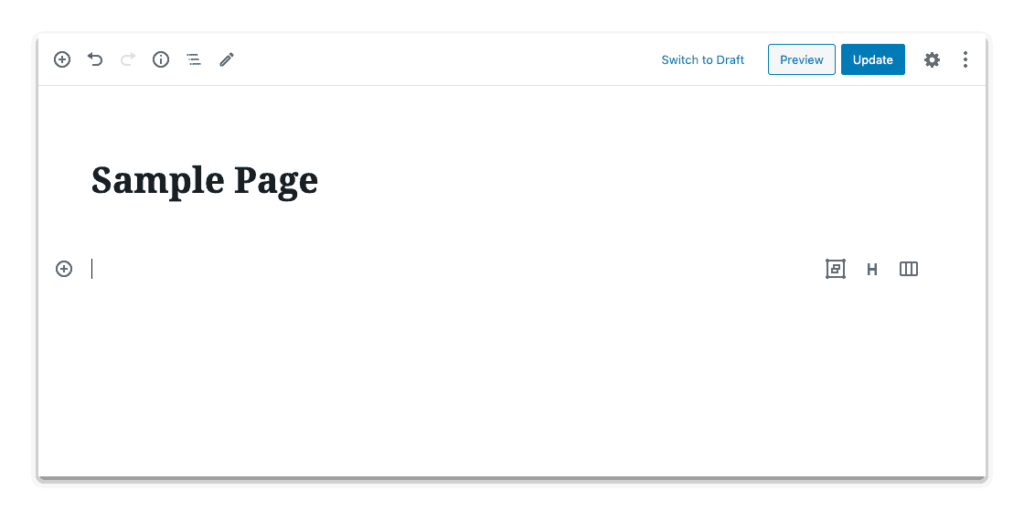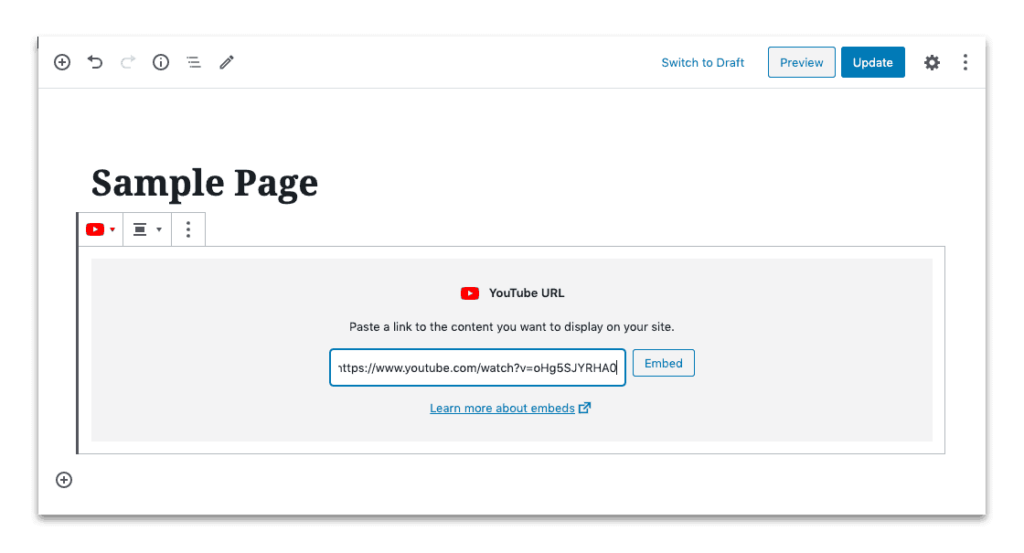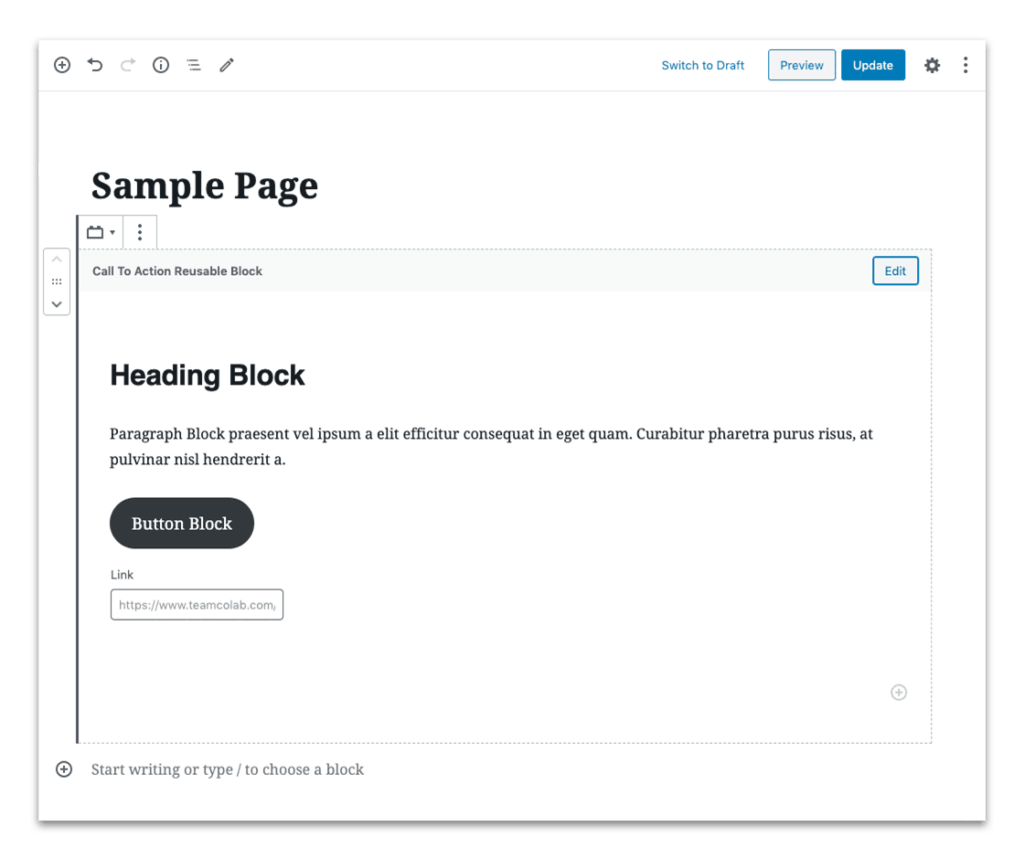The WordPress Block Editor AKA “Gutenberg”
There have been a lot of changes in the world of WordPress lately. The biggest update happened when WordPress introduced the new editor called “Gutenberg” (referred to as The Block Editor, which we’ll reference as “TBE” in this article) in WordPress 5.0. This gave site administrators unprecedented control over the layout of content with this new system enabled.
The development community was (and still is) somewhat skeptical of this “Page Builder” tool that promised so much. It was too similar to plugins that promised the same thing and failed to deliver in the past. Some embraced the TBE and some turned it off and continued working with WordPress the way they had been for years. After WordPress announced plans to stop supporting the Classic Editor we knew that to continue working with WordPress that meant working with the TBE.
Modern WordPress

Today, TBE is a huge part of how WordPress works and is an indispensable tool in the development arsenal. There is no doubt that if you are running WordPress 5.0+ and not using TBE, your website isn’t living up to its potential. By leveraging TBE, you can create engaging layouts and use powerful tools to help compel visitors to convert, whether you are looking to have them share your site, contact you, or buy a product.
Okay. This sounds all well and good, but what does it give me? The answer: control.
Can I embed content from multiple locations like YouTube, Vimeo, or Soundcloud?

Yes.
Can I build complex components and save them for later use across multiple pages?

Yes!
Can I create a complex layout and then easily duplicate it to another page/post without a plugin? Also YES!
These are just things that it does out of the box. Core Blocks, blocks that are included with every WordPress installation, you have access to span a wide variety of tools from simple paragraphs and headings to column layouts and offsite resource embedding. As developers, we have the ability to customize block configuration for our clients to create easy-to-use, repeatable templates and the power to create custom blocks for unique or specific functionality per site.
Today, TBE continues to be upgraded and added to making it a versatile tool that makes creating layouts in WordPress easy and enjoyable. The influence of TBE has been felt now outside of the WordPress community and has been adopted by other CMS platforms such as Drupal.
The Caveat

One small issue, TBE needs to be enabled and implemented on your site. If your site was custom-built, you may not have every Core Block available. Why? For custom websites, each block takes time to implement. Your web developer likely prioritized other parts of the site that had a bigger impact than the ability to use custom blocks. The good news is that if a component isn’t set up the way you’d like it to be, it is relatively low effort to implement additional blocks.
If your WordPress site doesn’t have the Block Editor available and you would like help implementing it, get in touch. If you have the Block Editor, but you don’t know how to use it, let us train you on best practices. We’re happy to help whenever we can to ensure that technology is used to its full potential.
